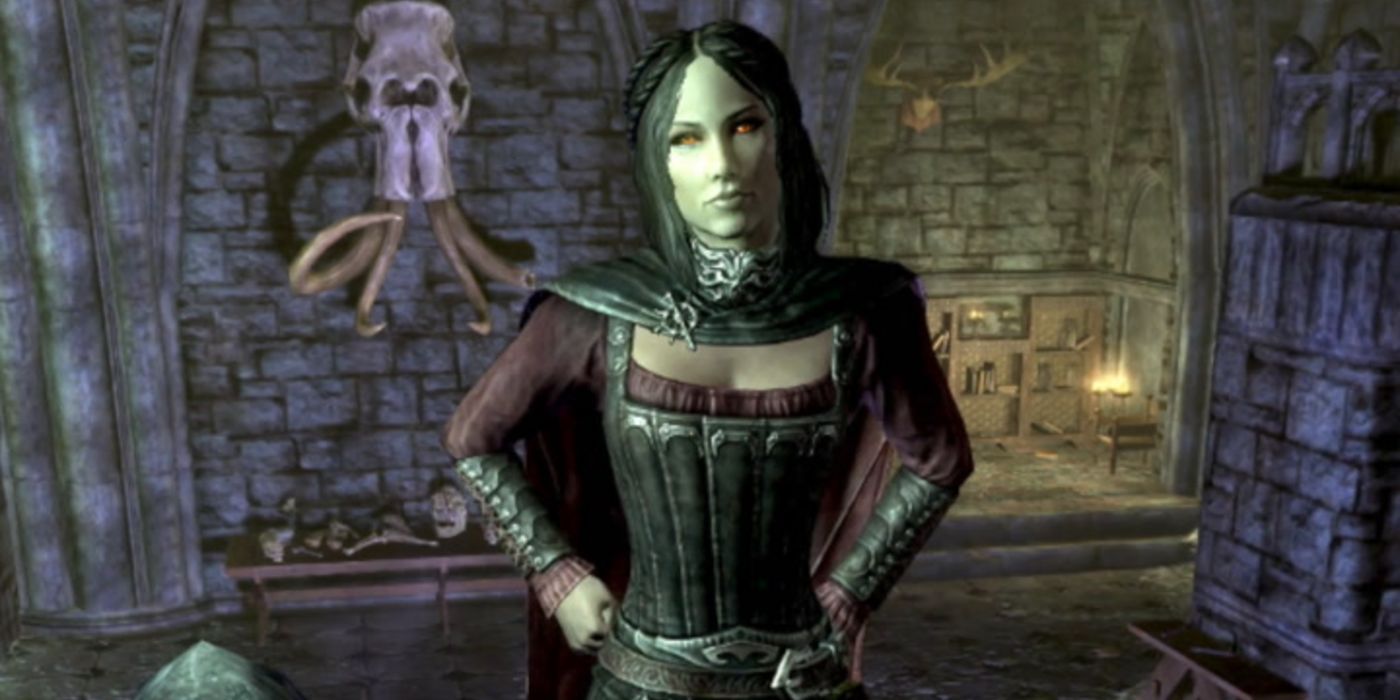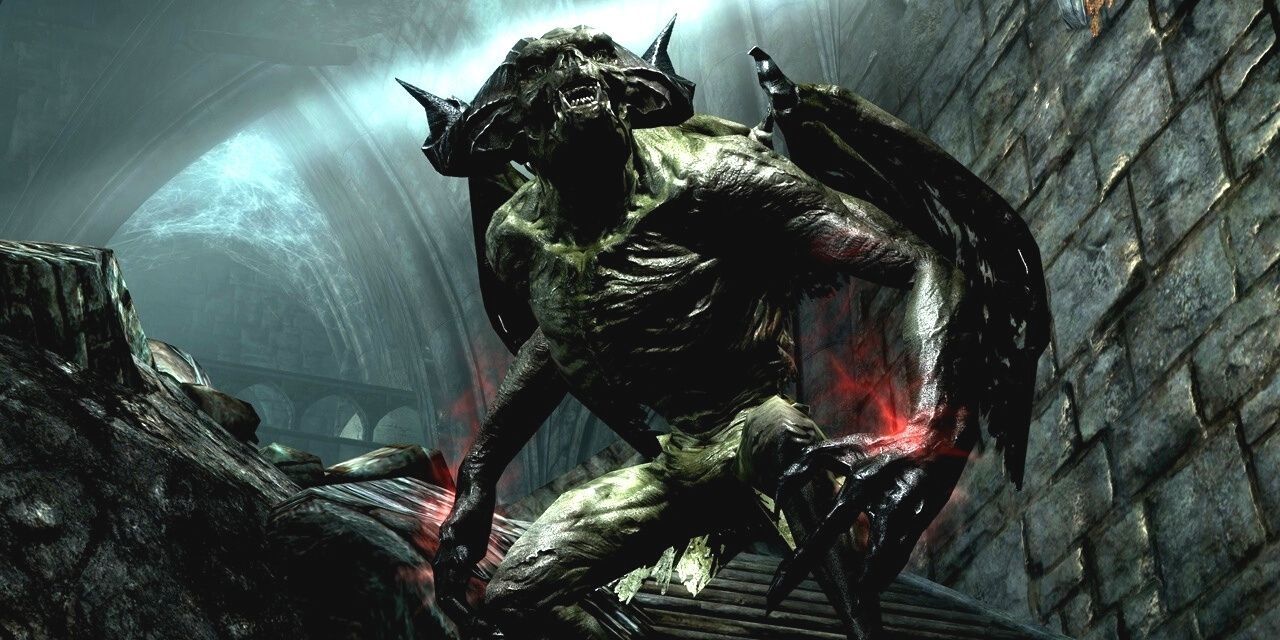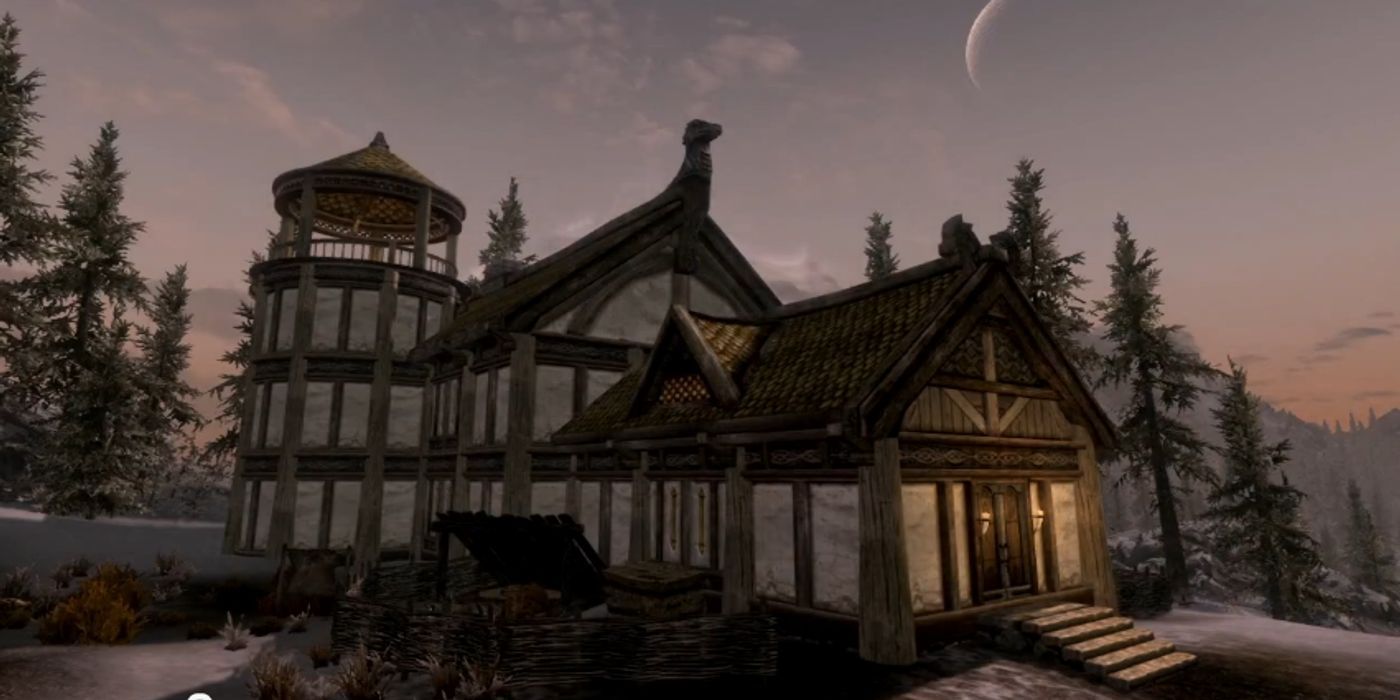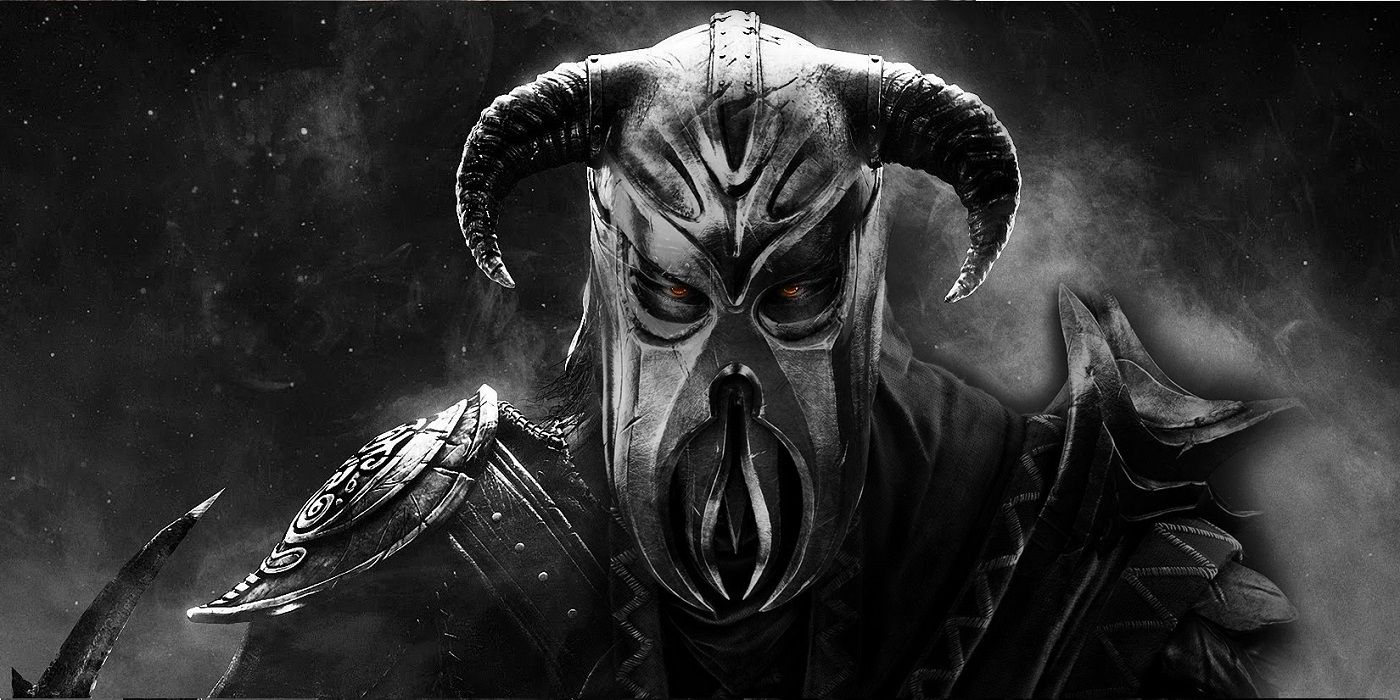
Skyrim's expansions all brought big changes to The Elder Scrolls 5. Dawnguard saw an overhaul to the vampire and werewolf systems, Hearthfire introduced an all-new home-building mechanic, and Dragonborn returned fans to a location that hadn't been seen since Morrowind.
Each of Skyrim's expansions brought something new to the table. For those checking the DLC for the first time, it's worth looking at each DLCs ups and downs, the new aspects they introduced to the franchise, and what fans might hope to see carried over from these expansions into The Elder Scrolls 6.
RELATED: Skyrim: Best Wives For A Pure Archer

Dawnguard saw the Dragonborn caught up in a way between a faction of vampire hunters and their ancient enemies, vampire Clan Volkihar. Skill trees were added for Skyrim's vampires and werewolves, with vampires gaining the ability to transform into a Vampire Lord. Aesthetically, the DLC made some great upgrades, adding vampire outfits across Skyrim, introducing vampire hunting armor, and adding a feature fans had been asking for since it mysteriously disappeared after Morrowind: crossbows.
The story of Dawnguard was also a lot stronger than many of the major questlines in Skyrim's retail release. While many Skyrim companions had little connection or engagement with the questlines across Tamriel, new companion Serana's inclusion in the DLC marked a shift in Bethesda's follower design.
Serana was deeply tied to the DLC's main plot, an idea that was then taken further in the far more fleshed out companion characters seen in Fallout 4. Many Elder Scrolls fans will be hoping that the followers found in The Elder Scrolls 6 have as much to say as Serana and as much story of their own.
Dawnguard brought a few features to Skyrim that fans had been asking for for years, and which had often been among the first features added by the Elder Scrolls modding community. A character was added to Riften's Ratway who would change the character's appearance for a price. Most Bethesda fans know that characters don't always look quite like the player imagined in character creation. This was rarely a problem for PC players, who had access to the "showracemenu" command. For console players, however, this was a necessary quality-of-life upgrade that fans will hope to see included in the next game from the get-go.
RELATED: Skyrim: 10 Ways To Never Run Out Of Stamina

Like Dawnguard, Hearthfire also saw the beginnings of some ideas which would later be more fully realized in Fallout 4. Hearthfire was not a story DLC at all. Instead, it offered players the ability to build homes in addition to the ones found in each major town across Skyrim. Players could buy plots of land in the Pale, Falkreath, and Hjaalmarch, starting with a small house that could be expanded into a huge mansion.
This was a great mod for roleplayers, adding stewards, carriage drivers, and bards that the player could hire. It also allowed players to adopt children. Hearthfire was a total change of pace for The Elder Scrolls 5, allowing players who had accumulated vast treasure hoards across their adventures to truly settle down. The house building mechanics were also a clear opportunity for Bethesda to experiment with the community building mechanics in Fallout 4, though ironically Fallout 4's more fixed story denied players the breadth of roleplaying opportunities that Hearthfire added to the game.
Like Dawnguard's stronger follower writing, Hearthfire marked a shift in The Elder Scrolls' design that many fans will be happy to see return in The Elder Scrolls 6. Players of the next game will likely expect to be able to affect the landscape around them far more than in previous games. Bethesda will likely need to include building mechanics in the base game, allowing players to change the world around them through everything from setting up camps in the wilderness to building huge houses to store their trophies and treasure.
What would really take The Elder Scrolls 6 to the next level, however, would be a combination of the stronger character writing found in Dawnguard with the expansive roleplaying opportunities found in Hearthfire. It's all well and good finally tying the knot with followers like Lydia and moving to the countryside to start a family, but at the end of the day that doesn't overcome the fact that she's an extremely 1-dimensional character.
Dawnguard and Hearthfire together made strides to improve on the Elder Scrolls formula. Now, The Elder Scrolls 6 needs to synthesize the two, introducing strong characters with compelling storylines as well as a breadth of roleplaying opportunities in the game's open world.

Dragonborn, like Dawnguard, made strides to improve the often-criticized storytelling of The Elder Scrolls games. After an attempted assassination, the Dragonborn found themselves journeying to the island of Solstheim. This island had become a refuge for the Dark Elves who fled Morrowind following the eruption of the Red Mountain, the destruction of Vvardenfell, and the Argonian invasion to the south. Raven Rock has some of the best environmental storytelling found in any Elder Scrolls game. The town was affected by mysterious dreams nobody seemed able to explain, with strange obelisks being built by the villagers beyond the town walls, seemingly without their knowledge.
Solstheim was also included in The Elder Scrolls 3: Bloodmoon, and returning to the island was a great opportunity to show just how much had changed in Tamriel over the 200 year leap between Oblivion and Skyrim. The add-on also allowed players to tame and ride dragons. This was a cool concept, though it did have a tendency to reveal just how small Skyrim's map really is, and would likely lack a place in the story of The Elder Scrolls 6.
Regardless, many players would be happy to see the kind of environmental storytelling shown off in Dragonborn return in The Elder Scrolls 6. Many Morrowind fans were also delighted to see the add-ons focus on the Dark Elves. Hopefully The Elder Scrolls 6 has areas which allow players to explore the various cultures of Tamriel even more, especially those races often left at the sidelines like the Khajiit and Argonians.
Skyrim's add-ons allowed for some early experiments which Bethesda fans saw realized further in Fallout 4. Now, Bethesda needs to bring the strong storytelling and opportunities for environmental interaction seen in Skyrim's DLC to The Elder Scrolls 6.
The Elder Scrolls 5: Skyrim is available to play now on PC, PlayStation 4, PlayStation 5, Xbox One, Xbox Series X, and Nintendo Switch.

